GW Explorer Workshop at Las Vegas Academy

On November 5, 2025, the GW Explorer Volunteer Crew of UNLV Astronomy PhD students hosted an afterschool Gravitational-Wave Workshop at the Las Vegas Academy of the Arts, led by Mrs. Teresa Prezgay’s advanced mathematics students. The workshop introduced students to Gravitational-Wave science through interactive notebooks, a tabletop interferometer demonstration, and discussions about how math connects to astrophysics.
The GW Explorer Project is designed to make Gravitational-Wave astronomy accessible to students at the high school and early undergraduate level. By combining hands-on experiments with interactive Jupyter notebooks, the project helps students build intuition about how detectors like LIGO, Virgo, and KAGRA measure distortions in spacetime.
Workshop Highlights
The workshop began with introductions from the volunteer crew and a group photo with the students.
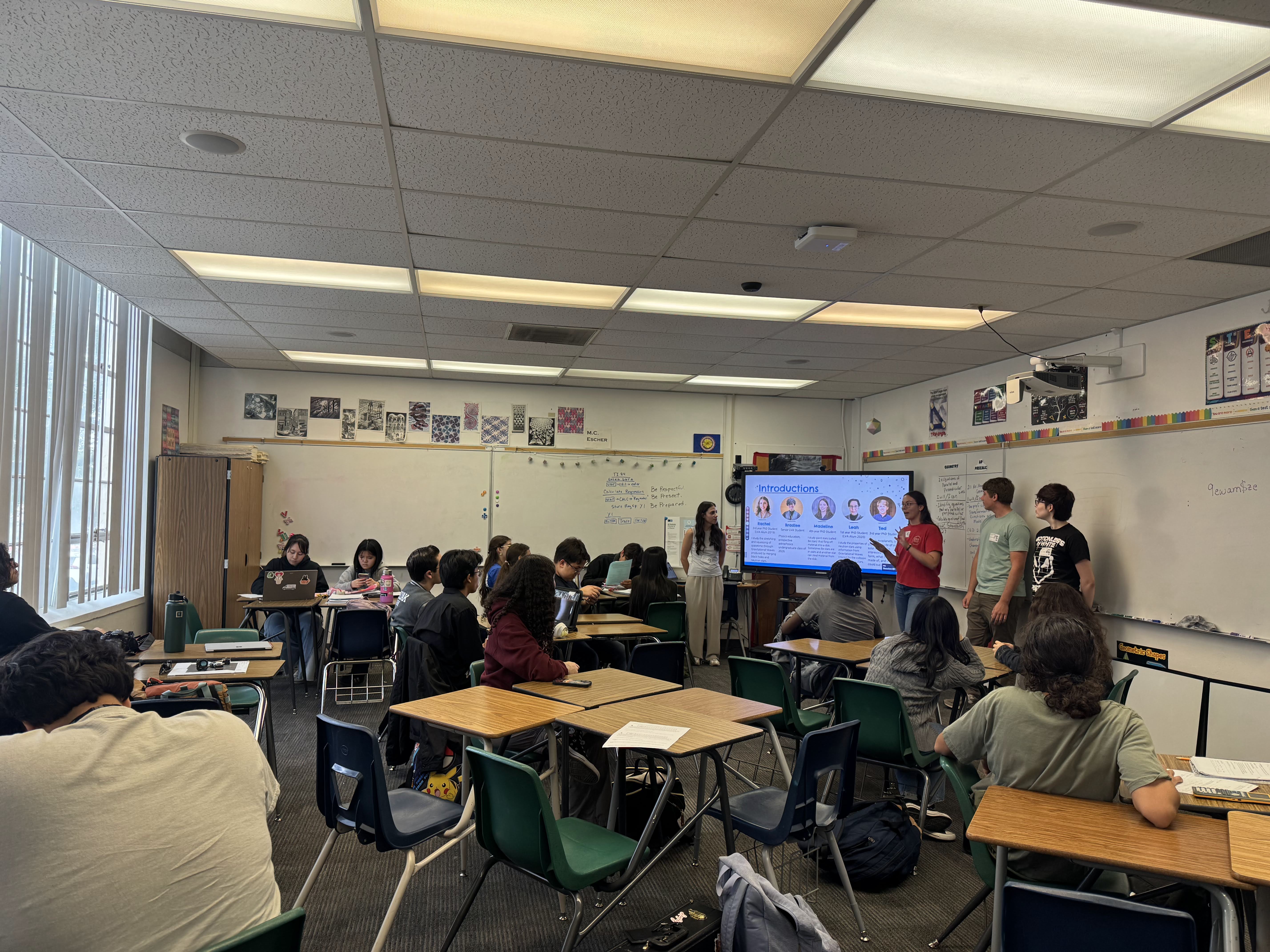
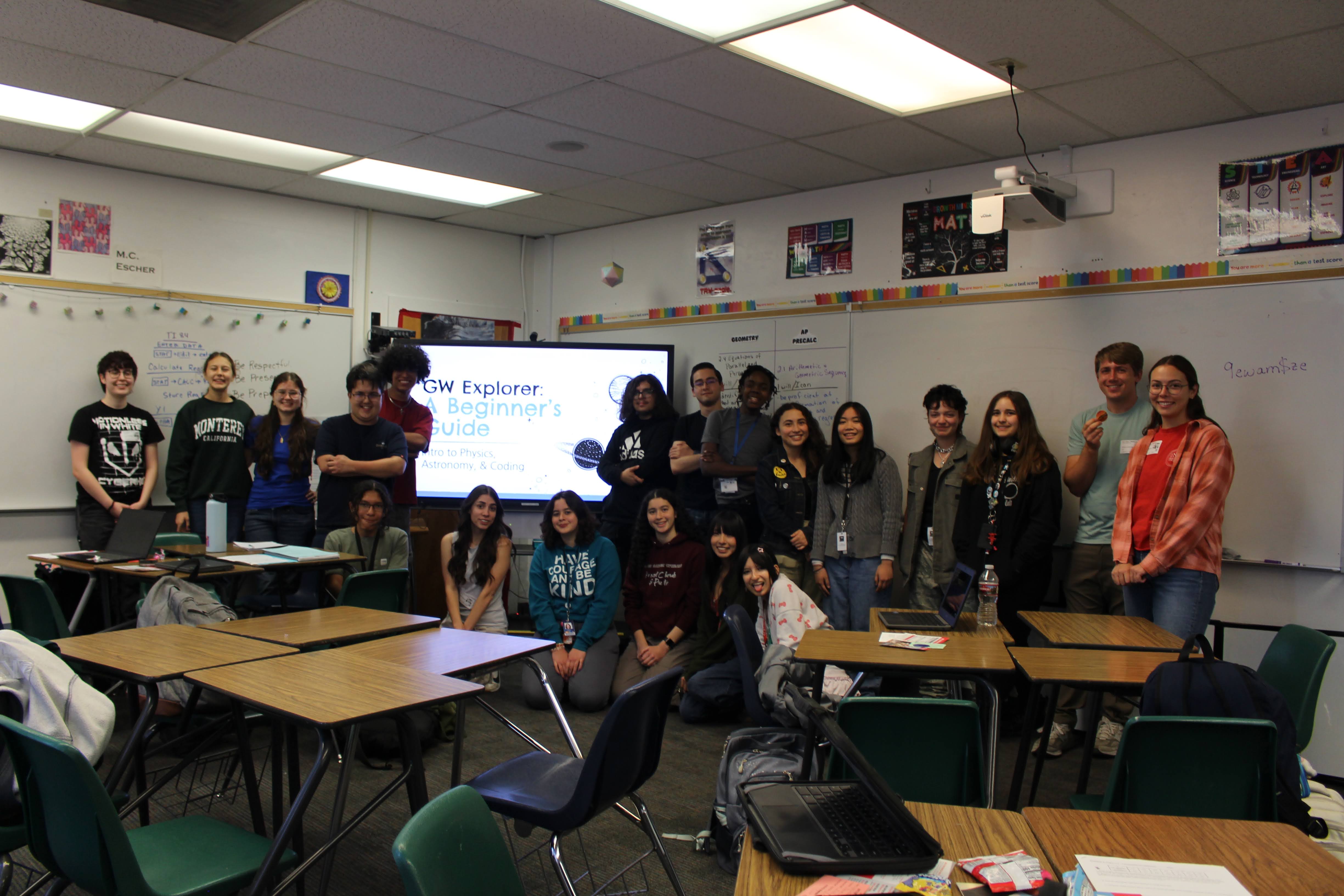
Students explored the GW Explorer Notebook 1 (NB1) — a guided activity that visualizes how gravitational waves are generated and detected. With help from volunteers, students connected the theory of Gravitational-Waves in spacetime to measurable changes in distance using a tabletop laser interferometer, mirroring the basic principle behind real observatories.

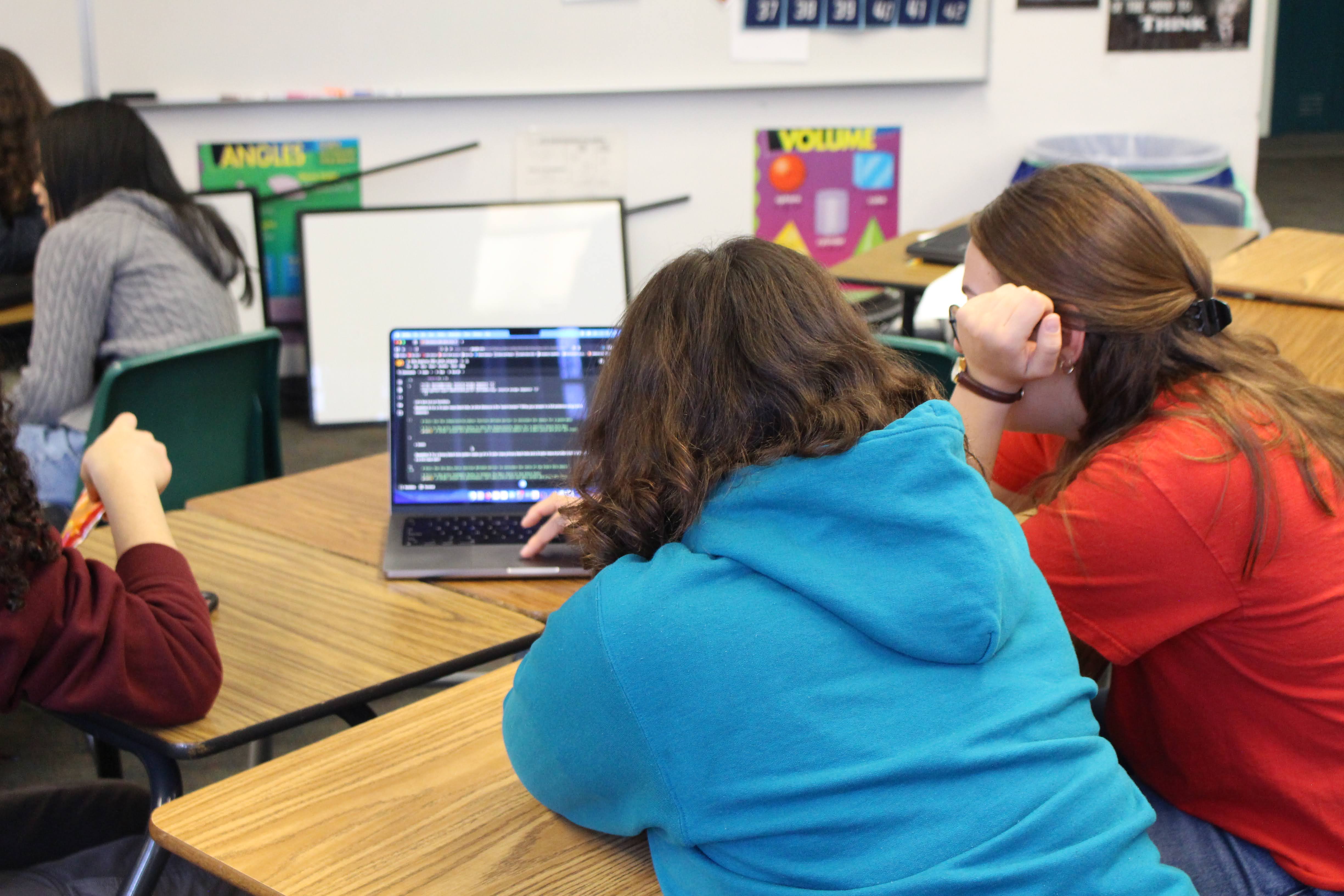
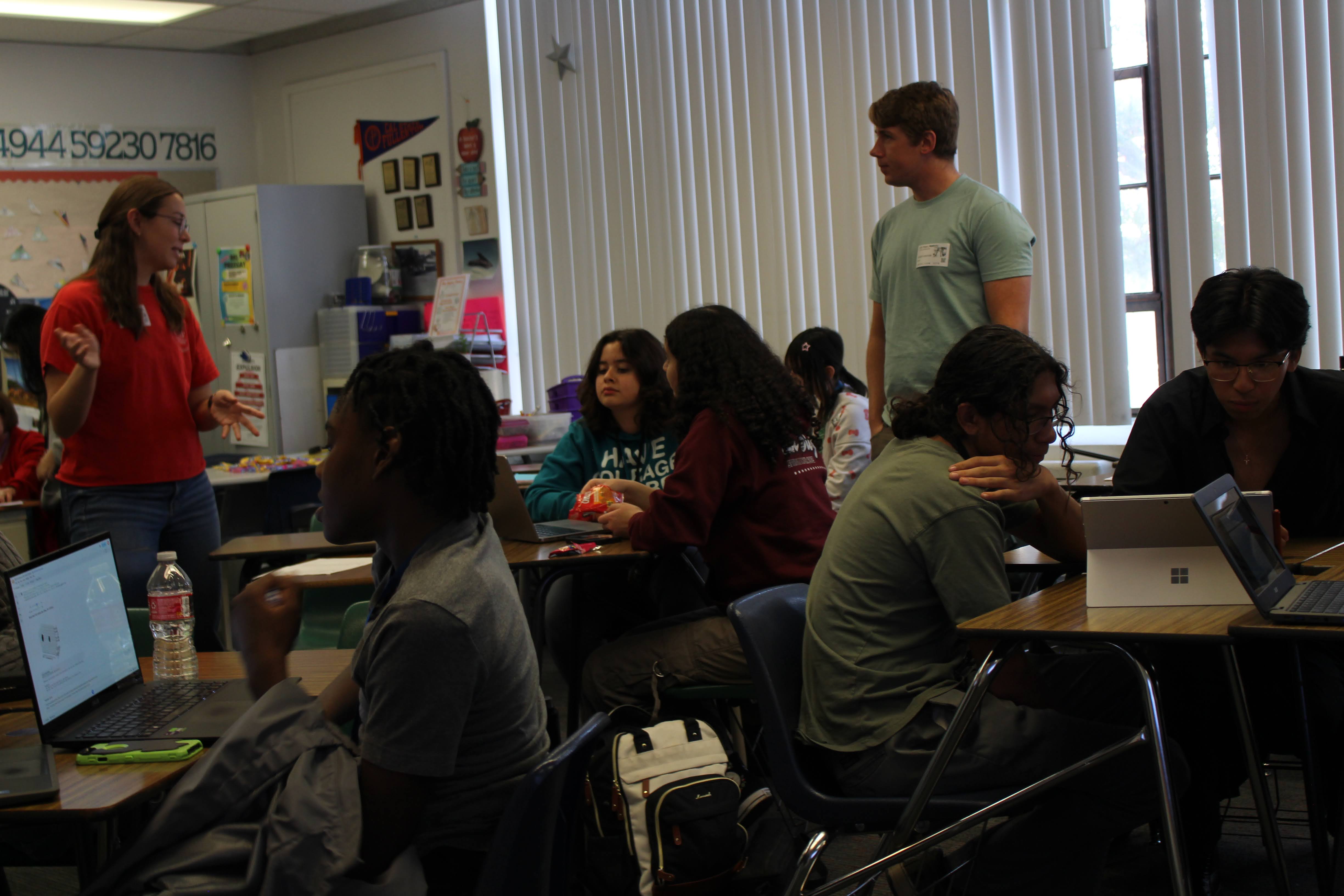

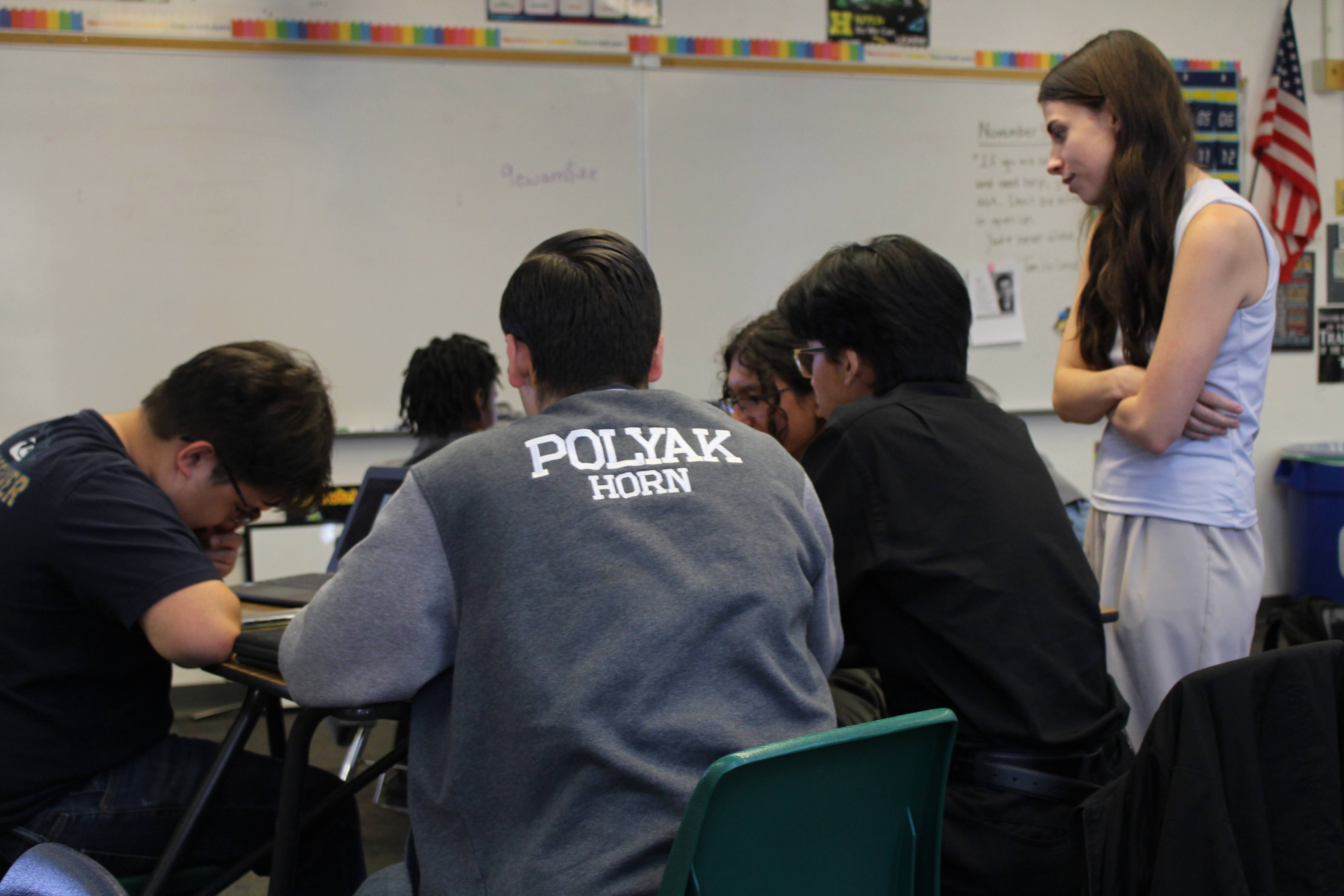
Binary Black Holes in Action
The session concluded with an interactive visualization of a binary black hole inspiral, showing how Gravitational-Wave signals evolve as two massive objects merge.
After experiencing the binary black hole animation, students dove into hands-on experiments with the tabletop interferometer, observing how Gravitational-Waves cause tiny, measurable shifts in distance. Volunteers guided them step by step, linking theory from NB1 to real-world physics.


<

</div>
Connecting Past and Future
This particular workshop held a special meaning: the class was taught by Mrs. Teresa Prezgay, who also happened to be my former calculus teacher at Las Vegas Academy. Years ago, I gave my first math-related presentation in her class—on astrophysics—after a simple online search for “careers that use math.” That small assignment set me on the path toward Gravitational-Wave research.
Now, one of her current students, Bradlee Tejeda, is part of our research team collaborating on designing this interactive notebook series. Watching Bradlee help lead the same kind of classroom activity that once inspired me was a reminder of how mentorship and curiosity can be extremely rewarding.
Explore the Project
You can explore the GW Explorer: A Beginner’s Guide project at rachellanggin.com/tutorials!
These resources are open for educators, students, and outreach groups interested in bringing Gravitational-Wave science into the classroom. If you’re interested in hosting a workshop at your school or institution, please contact me at langgin@unlv.nevada.edu.
I’m grateful to Las Vegas Academy, Mrs. Prezgay, and all the GW Explorer Volunteers—Leah Green, Madeline Overton, Ted Johnson, and Bradlee Tejeda—for making this event possible and for helping expand access to Gravitational-Wave education.
Want to learn more?
Check out some more posts you might like to read next: